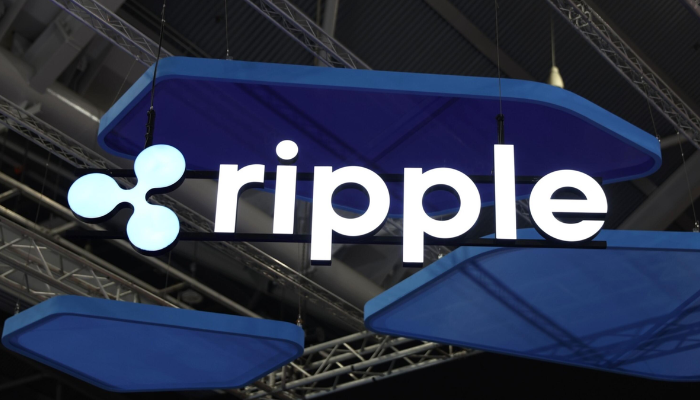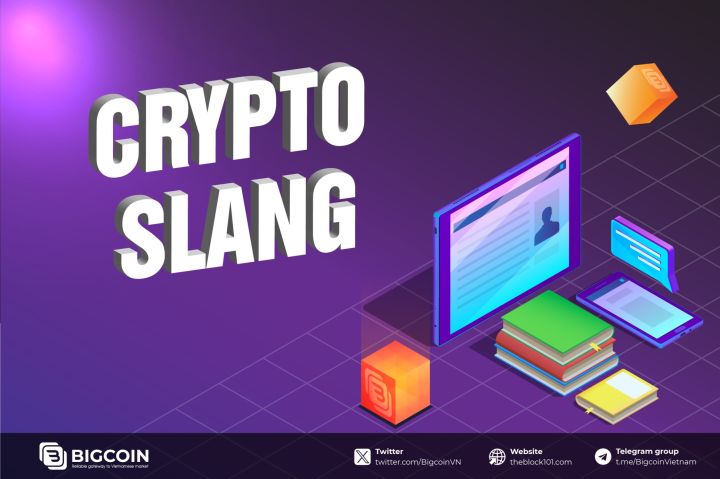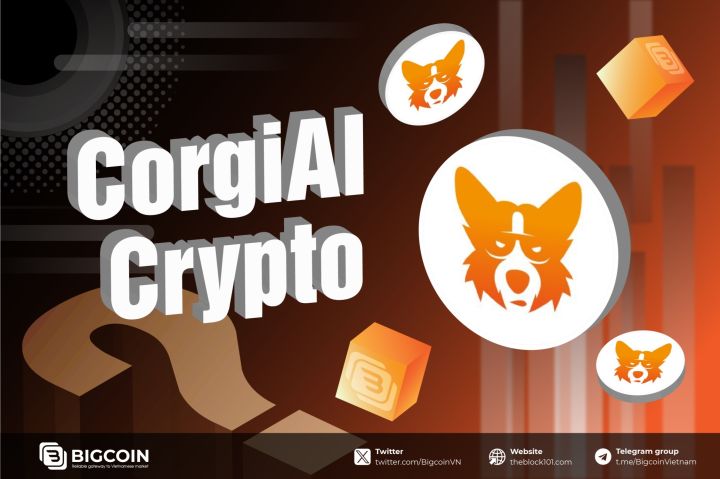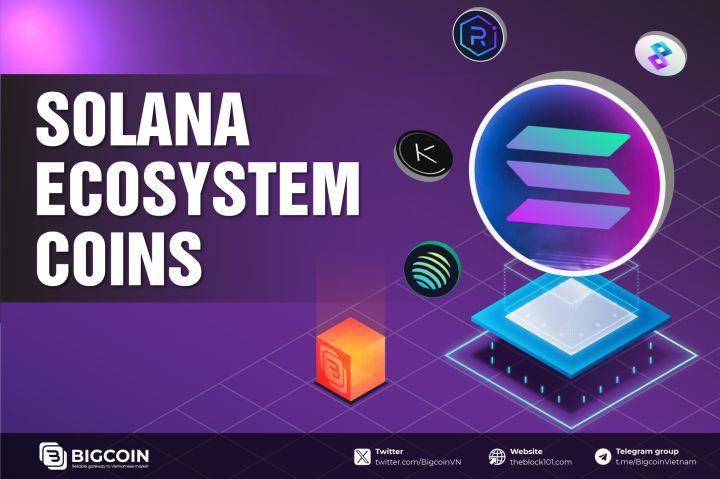%20(21).png)
1. Ripple’s Strategic Vision
Founded in 2012 as OpenCoin and later rebranded to Ripple, the company has positioned itself as a pioneer in blockchain-based financial services. Its primary focus is to provide faster, cheaper, and more scalable alternatives to traditional payment systems like SWIFT, using the XRP Ledger and XRP as a bridge currency.
Ripple’s acquisition strategy aligns with its mission to streamline global financial transactions and expand its enterprise blockchain solutions. By acquiring companies that complement its ecosystem, Ripple aims to bolster its technological capabilities, regulatory compliance, and market presence.
2. Key Acquisitions and Their Impact
Ripple’s acquisition strategy has been marked by significant moves to strengthen its position in crypto custody, liquidity services, and stablecoin markets. Below are some notable acquisitions:
2.1. Metaco (2023)

In May 2023, Ripple acquired Switzerland-based crypto custody firm Metaco for $250 million. This acquisition expanded Ripple’s ability to offer secure digital asset custody solutions to institutional clients, a critical component for banks and financial institutions adopting blockchain technology.
The purchase also enhanced Ripple’s international presence, particularly in Europe, amidst heightened regulatory scrutiny in the U.S. from the Securities and Exchange Commission (SEC). Metaco’s expertise in custody infrastructure has allowed Ripple to cater to a broader customer base, including enterprises seeking secure storage for digital assets.
2.2. Standard Custody & Trust (2024)

In 2024, Ripple further solidified its custody offerings by acquiring Standard Custody & Trust, another provider of crypto custody services. This move complements the Metaco acquisition and supports Ripple’s plans to offer comprehensive crypto liquidity services to institutional clients.
By integrating these custody solutions, Ripple is positioning itself as a one-stop shop for enterprises looking to integrate blockchain-based payment and custody services without relying on public blockchains.
2.3. Hidden Road (2025)

Ripple’s $1.25 billion acquisition of Hidden Road in 2025 marked a significant step in its pursuit of dominance in the institutional DeFi space. Hidden Road, a firm specializing in crypto liquidity and prime brokerage services, aligns with Ripple’s goal of providing seamless liquidity for cross-border transactions.
This acquisition enhances Ripple’s ability to offer robust financial infrastructure for institutional clients, leveraging both XRP and RLUSD to facilitate faster and more cost-effective settlements.
2.4. Potential Acquisition of Circle
Reports in 2025 indicated that Ripple was exploring a potential acquisition of Circle, the issuer of the USD Coin (USDC) stablecoin, with a valuation target of $5 billion. Although Circle has stated it is not for sale, Ripple’s interest reflects its ambition to dominate the stablecoin market.
Owning both RLUSD and potentially USDC could position Ripple as a leader in stablecoin-powered payments, simplifying transfers and reducing costs while boosting XRP’s role in global transactions. Such a move would also give Ripple a significant stake in the global stablecoin economy, potentially unlocking new financial products and services.
3. Regulatory Context and Strategic Positioning

Ripple’s acquisition strategy is also shaped by its regulatory environment. In 2023, a U.S. district court ruled that XRP is not a security when sold on public exchanges, but institutional sales could be classified as securities under certain conditions. This ruling, following a prolonged legal battle with the SEC, provided Ripple with greater clarity to pursue its growth strategy. The company has also secured regulatory approvals, such as a license from the Monetary Authority of Singapore in June 2023 and approval for its RLUSD stablecoin from the New York Department of Financial Services in January 2025. These approvals enhance Ripple’s credibility and ability to operate globally.
By acquiring companies like Metaco and Standard Custody, Ripple has strengthened its compliance framework, addressing concerns about risk and regulatory challenges. Posts on X have highlighted Ripple’s use of its 60+ regulatory licenses, XRP for fast settlement, and RLUSD for stable collateral as a comprehensive solution for institutional adoption.
4. Broader Implications for the Cryptocurrency Industry

Ripple’s acquisition strategy has several implications for the cryptocurrency and blockchain industries:
-
Institutional Adoption: By focusing on custody and liquidity solutions, Ripple is catering to the growing demand from banks and financial institutions for secure and compliant blockchain infrastructure. This aligns with Ripple’s vision of “banking the unbanked” and working with the $8 trillion financial industry, as emphasized by Ripple’s CTO, David Schwartz.
-
Stablecoin Dominance: Ripple’s launch of RLUSD and its interest in Circle underscore its ambition to lead the stablecoin market. Stablecoins are critical for bridging traditional finance and cryptocurrency, offering stability for cross-border payments and DeFi applications. A successful acquisition of Circle could reshape global crypto payments by combining RLUSD and USDC under Ripple’s umbrella.
-
Competition with Traditional Systems: Ripple’s acquisitions position it as a direct competitor to traditional payment systems like SWIFT. By offering faster and cheaper alternatives, Ripple aims to capture a significant share of the cross-border payments market. However, challenges remain, as Forbes noted in April 2024 that Ripple has not significantly disrupted SWIFT and generated only $583,000 in fees in 2023.
-
Innovation in Financial Products: Ripple’s acquisitions, particularly in custody and liquidity, enable the creation of new financial products tailored to institutional needs. Posts on X suggest that combining Ripple’s infrastructure with Circle’s stablecoin expertise could lead to innovative offerings in global finance.
5. Challenges and Criticisms
Despite its aggressive acquisition strategy, Ripple faces challenges. Critics argue that Ripple’s centralized control over the XRP Ledger and its validators undermines the decentralized ethos of cryptocurrencies. Additionally, the company’s reliance on selling XRP tokens held in escrow (valued at $24 billion as of April 2024) has raised concerns about market manipulation and sustainability. Forbes described Ripple as a “crypto zombie” in 2024, citing limited progress in disrupting SWIFT and modest fee generation.
Moreover, Ripple’s legal battles with the SEC, costing over $100 million in defense, highlight the regulatory risks of operating in the cryptocurrency space. While the 2023 court ruling was a partial victory, ongoing disputes over fines and institutional sales classifications could impact Ripple’s growth.
6. Conclusion
Ripple’s acquisition strategy reflects a calculated effort to strengthen its position in the cryptocurrency and financial technology sectors. By acquiring firms like Metaco, Standard Custody, and Hidden Road, and exploring a potential deal with Circle, Ripple is building a robust ecosystem for cross-border payments, crypto custody, and stablecoin-powered solutions. These moves, coupled with regulatory approvals and a focus on institutional adoption, position Ripple as a formidable player in the blockchain space. However, challenges such as regulatory scrutiny, competition, and criticisms of centralization remain. As Ripple continues to execute its strategy, its ability to innovate and adapt will determine its success in reshaping global financial systems.
Read more:

 English
English Tiếng Việt
Tiếng Việt
%20(20).png)
%20(19).png)
%20(18).png)
%20(17).png)
%20(16).png)
%20(15).png)
%20(11).png)
.png)
%20(2).png)
%20(3).png)
%20(5).png)





